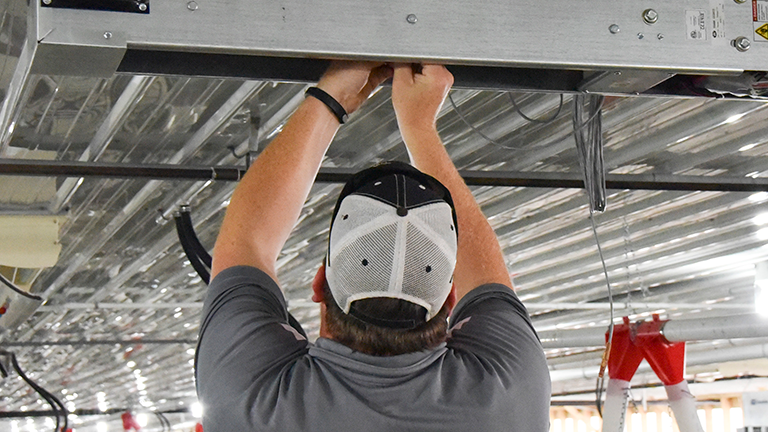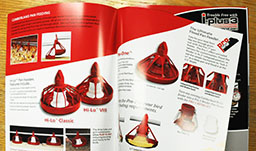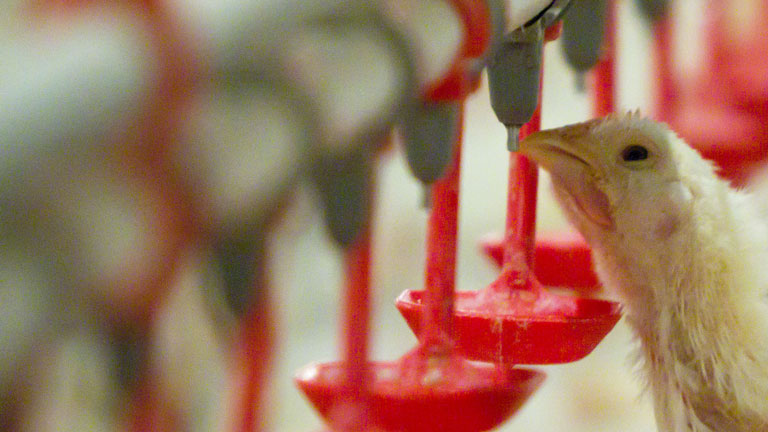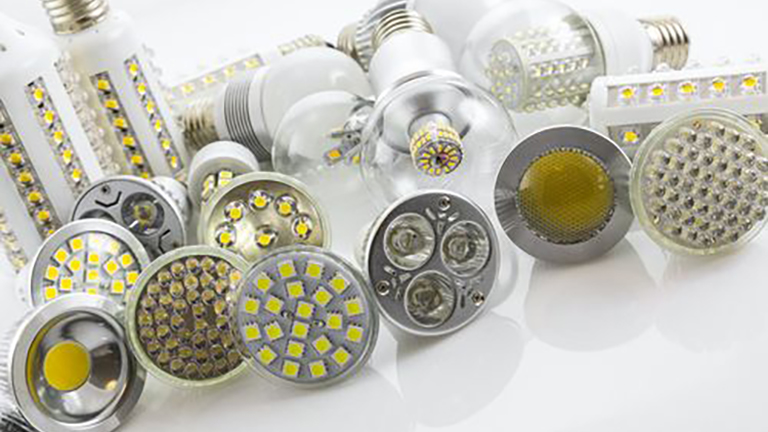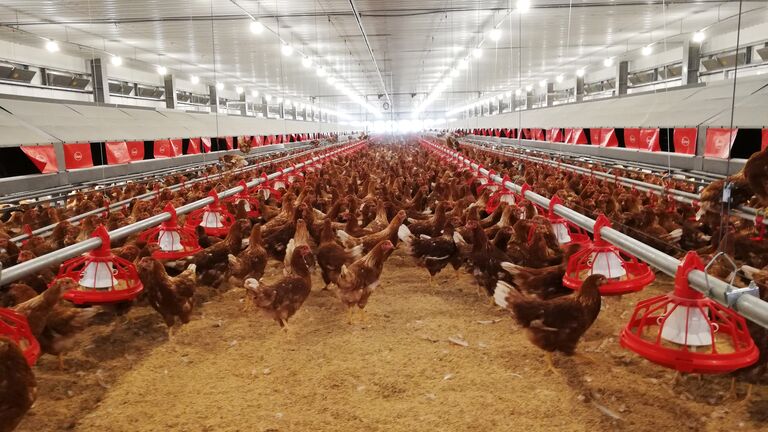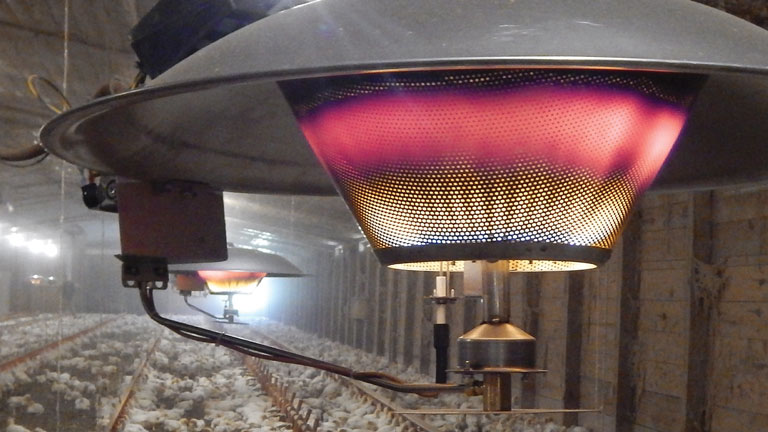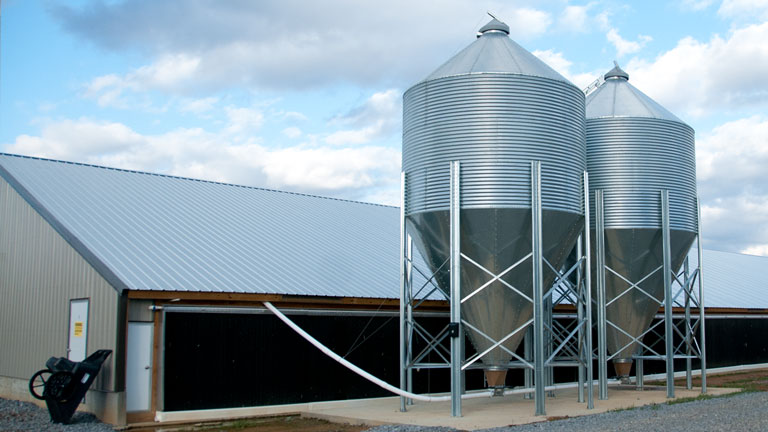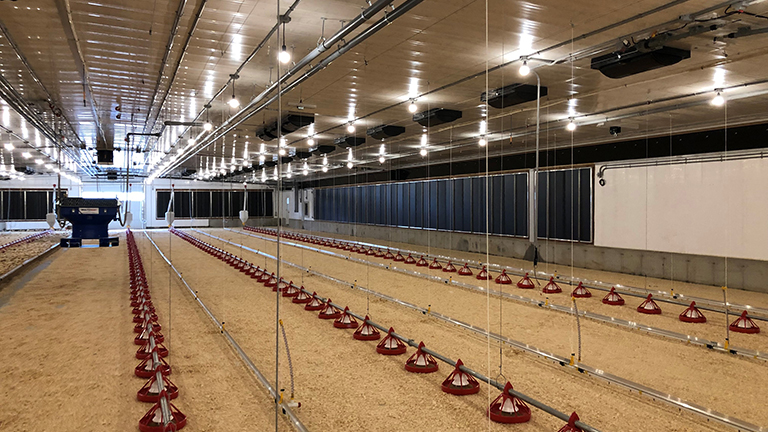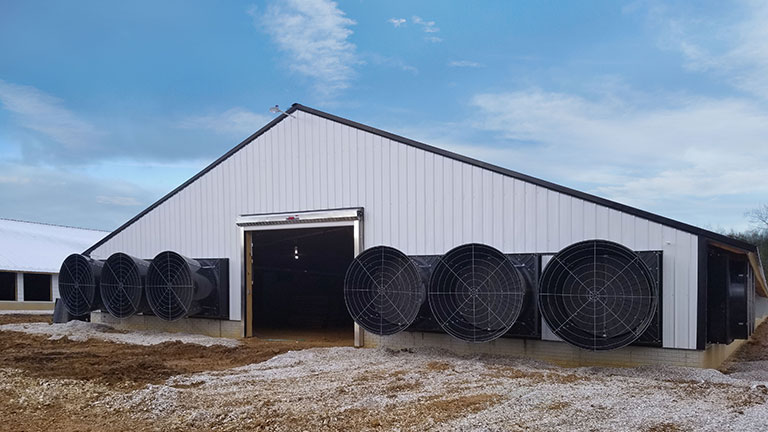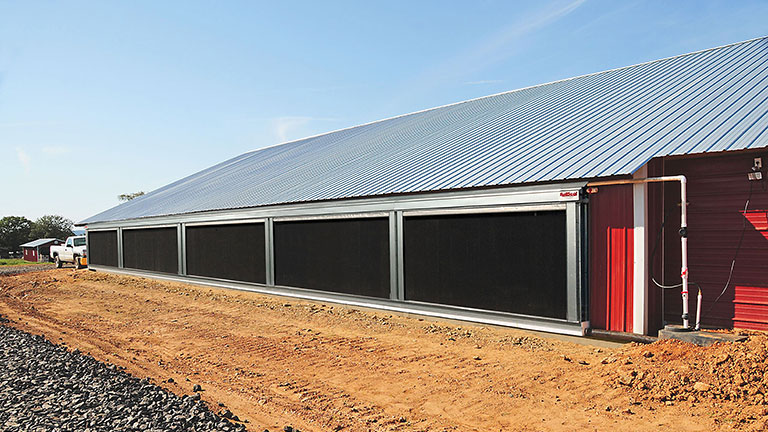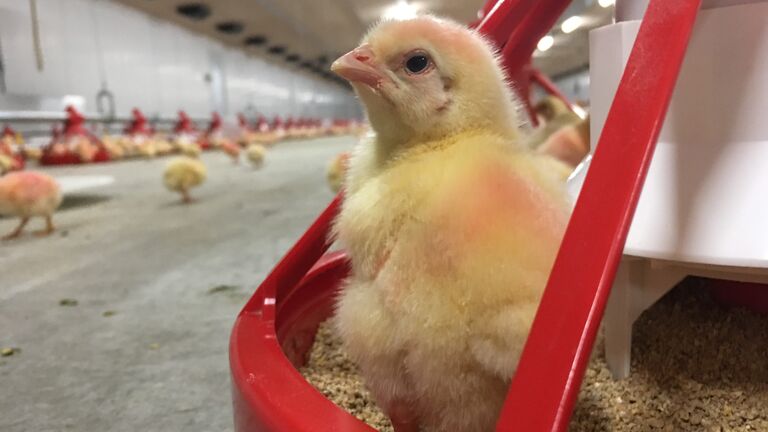Lighting plays a key role in the success of a poultry operation. Because birds have a keen sense of sight, they are more sensitive than humans to lighting factors such as color, wavelength, intensity and flicker. This makes choosing the right bulb an important consideration.
In recent years, LED bulbs have become a popular option for a variety of lighting options, and most integrators have become more comfortable with using LED lighting for their flocks.
LED bulbs can be a great fit for your poultry barn lighting needs.
LED bulbs are most known for their potential to save you money on your electric bill. According to the US Department of Energy, some LED bulbs use up to 75 percent less energy than incandescent bulbs.
Colorwise, broad-spectrum LEDs have been shown to work well in poultry lighting systems. They are also able to dim smoothly, even at very low settings and they are resistant to flickering, which can be detrimental to bird health.
Any LED bulb can lead to energy savings, but purchasing the right bulbs for your poultry barn is essential.
How can you know if you're purchasing the right bulb?
- Make sure your bulb is rated for agricultural use
A poultry house can be a harsh environment for a light bulb. Moisture, dust and ammonia can all be detrimental to a bulb’s lifespan. Be sure to purchase a bulb that has been tested in a poultry house environment. Lower quality LED bulbs often dim less smoothly at lower levels, so don’t buy the cheapest bulbs you see at a big-box retailer. Do your research. - Never mix bulbs
Lighting consistency across your poultry barn is essential if you want consistent bird performance. Keep the same bulbs - color, brand, intensity, etc - throughout the house. - Directionality is important
The LED bulbs you purchase at a box store are often omnidirectional - meaning they put out light in every direction. This means that energy is wasted by light shining in places you don’t necessarily need it to go. Look for uni-directional bulbs to get the most out of your bulbs and energy spend. - Purchase a bulb with a 3-5 year warranty
A manufacturer that understands the poultry industry will stand behind its bulbs. A longer warranty will protect your investment as your bulbs deal with harsher conditions.
Changing the bulbs in your poultry lighting plan means asking a few quick questions.
There are several brands of LED bulbs that have been tested for their viability in poultry houses. However, be sure to check with your integrator to make sure they support the use of the brand you choose. Also, make sure that you have a dimmer that provides for smooth low-end dimming with LED bulbs.
While they may cost a little more on the front end than incandescent bulbs, LEDs will save you on overall energy costs while providing your operation with more options for a successful lighting program.


